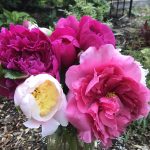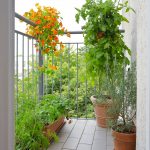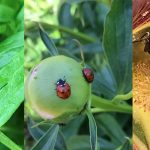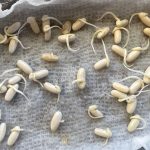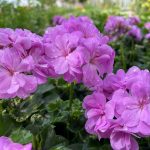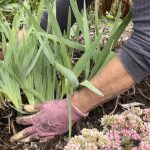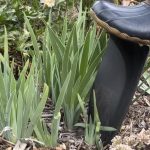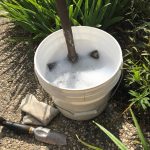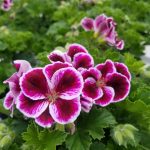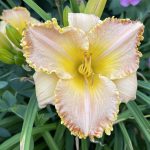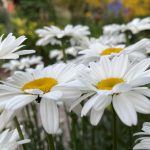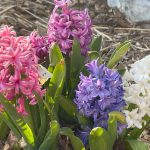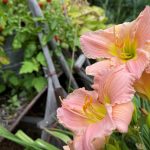One of the best parts of summer gardening is cutting fresh flowers to surround our indoor living spaces with bright colours and beautiful smells. Cut flowers make us feel better and add a sense of calm to our spaces, simply because they are so beautiful and they give us a bit of a connection to the earth.
But then there’s the ick. The green, slimy, stinky water. I bet you can smell it just thinking about it…
It makes you never want to bring flowers in from the garden.
But I want to inspire you to do it again!
Bacteria is the culprit that steals the cut flower joy as it builds up in water it blocks up the xylem and phloem, which are the main transport system for water and nutrients in plant stems. The best way to battle bacterial buildup with cut flowers is with an approach that pairs the cleanest tools with the freshest flowers.
Let’s talk about how to minimize the growth of bacteria in cut flower vases and how to maximize the lifetime of cut flowers. We’ll discuss when is the best time to gather flowers, how to harvest fresh flowers , and how to best prepare and maintain a vase for cut flowers.
Pick the Right Vase
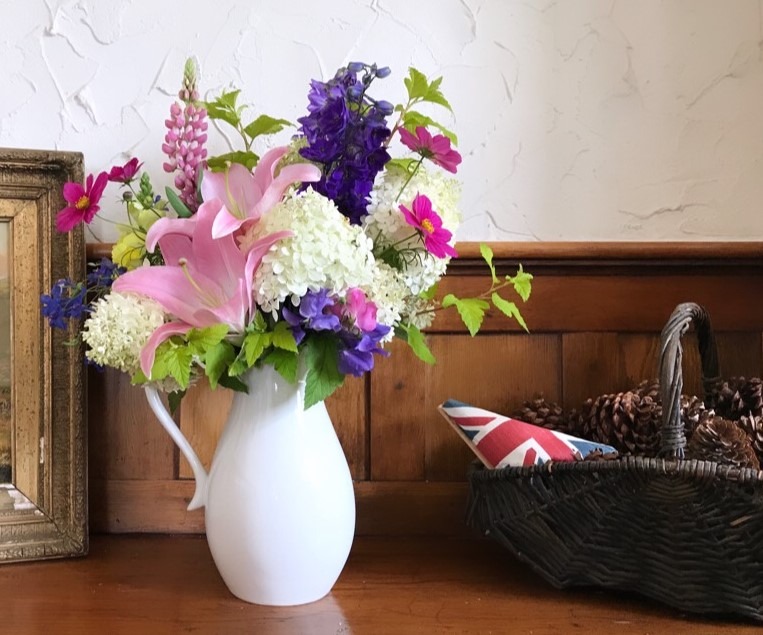
Keeping bacterial growth under control is accomplished with clean tools and clear water. Here’s how:
Use vases that are squeaky clean. Anything, any kind of vessel that holds water is eligible as a vase. They don’t have to be fancy — mason jars, drinking glasses, and bowls all qualify. Washing your flower vase slows the growth of bacteria in the water. Give them a scrub in hot, soapy water to eliminate any residue.
Use clean, fresh, lukewarm water to fill the vase. Water that is drinking quality is best for flowers, and lukewarm water is taken up more easily by the xylem and phloem in the stems than cold water. Avoid using hot water for fresh flowers or you’ll risk them wilting prematurely.
Change the water in the vase and rinse off flower stems daily. Every couple of days, trim the stem ends to keep them open for water uptake.
Use vases that block light to the water. Darker, opaque vases like clay or metal urns will slow bacterial development.
Pick the Right Flowers
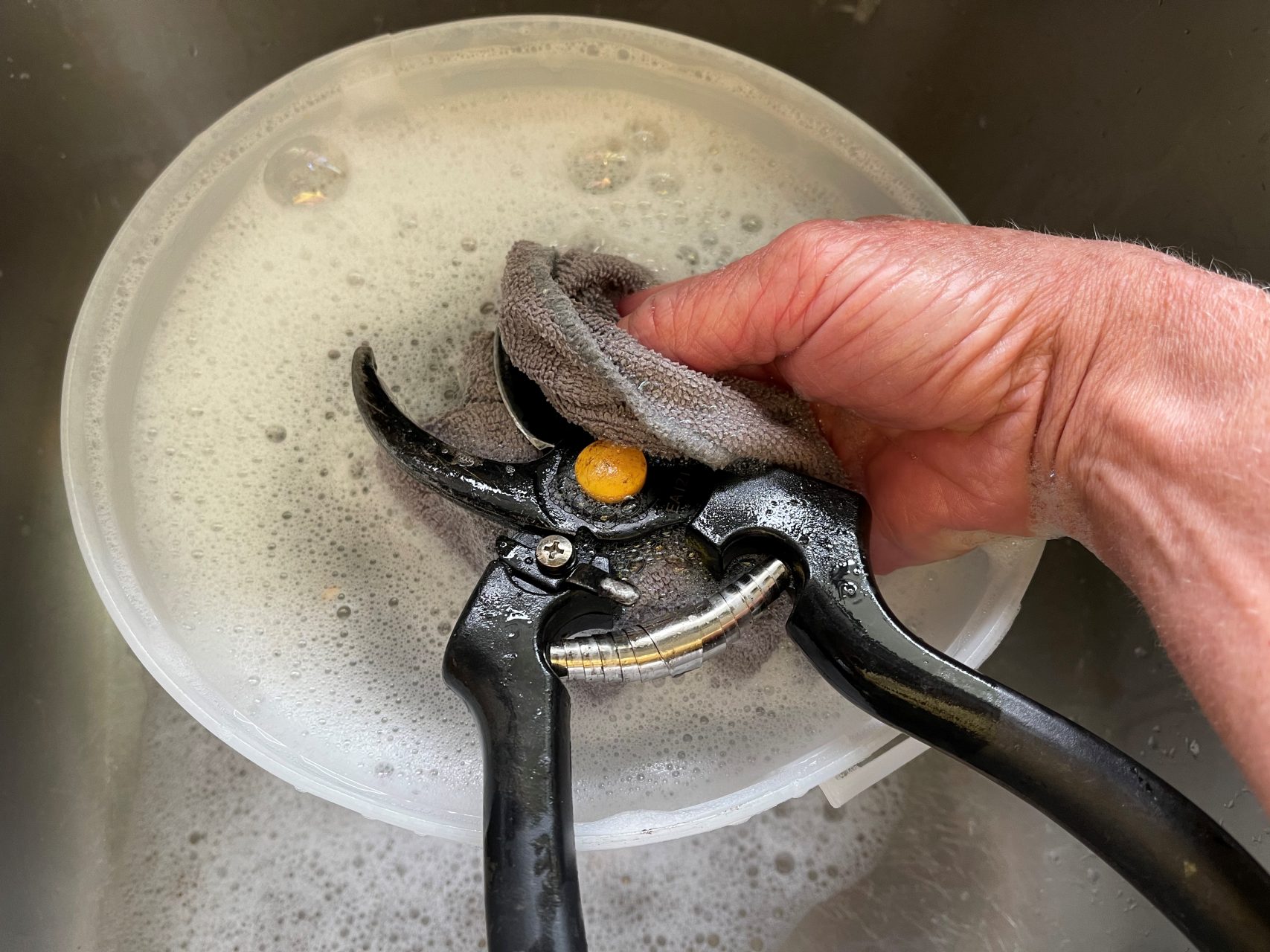
Cut flowers last the best when they start out fresh and strong and are cared for daily. Let’s talk about how to make that happen:
Cut your flowers first thing in the morning while they are hydrated, plumped up, and revived from a good night’s rest during the coolest hours of the day.
Use a clean sharp knife or clippers to cut the stems. Make sure to wash your tools in hot soapy water before cutting any stems. Check that there is no debris on them from other garden tasks. You may have to soak them or scrub a bit, so check them ahead of time. Sharp knives cut the xylem & phloem cleanly so their ends stay open for water uptake. Dull clippers can crush the ends of xylem & phloem which ends up blocking the water flow. Cut the stems at a 45º angle to maximize the surface area of the stem to take up water.
Strip leaves off the stems that would sit below the water surface This decreases bacterial counts by limiting the amount of plant material that would contribute to bacterial production in the water.
Keep your cut flowers in indirect sunlight and away from sources of heat to keep them from drying out.
What is the Best Stage of Flower Growth to Cut Them?
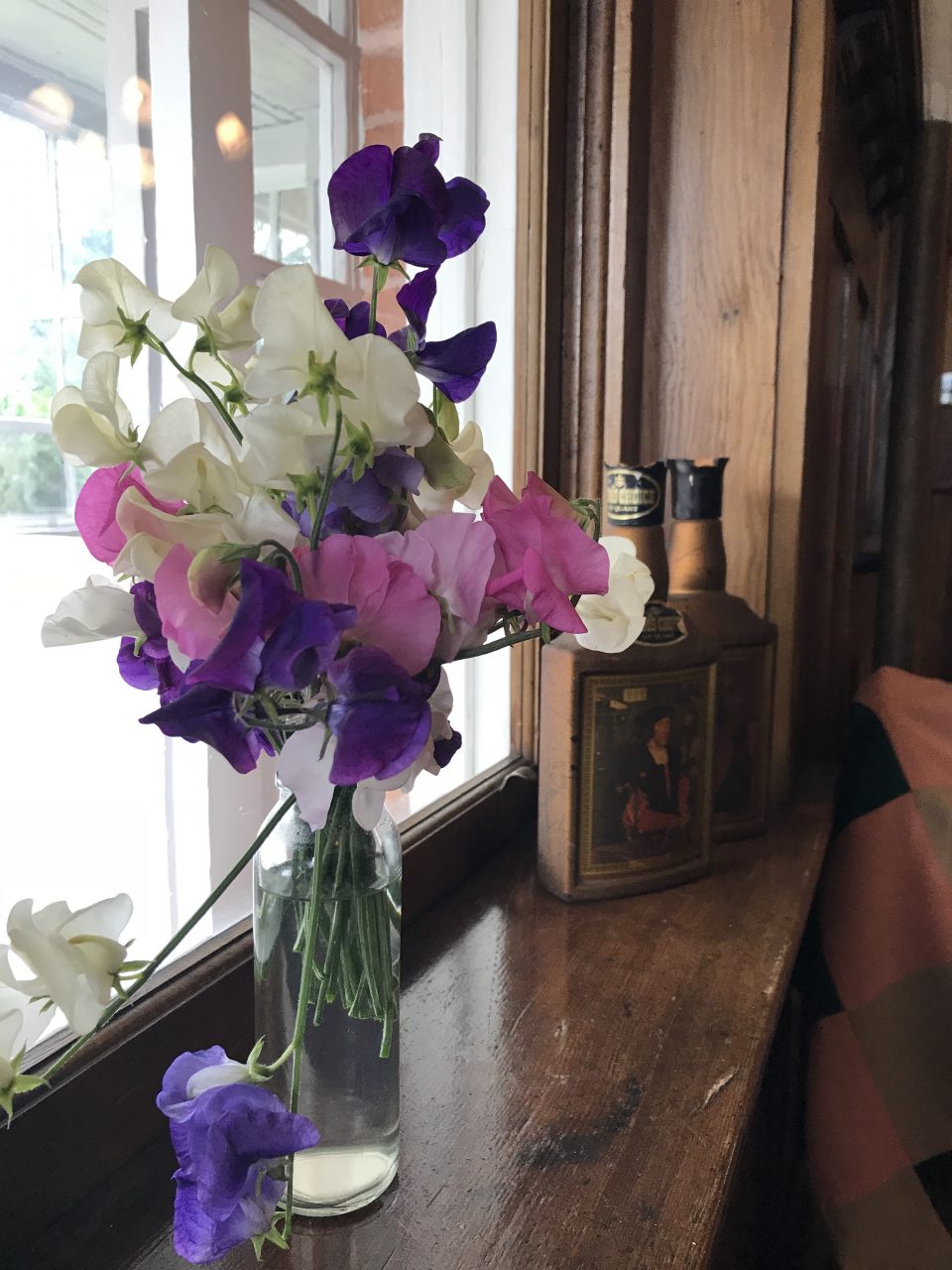
What stage of growth to harvest flowers at depends on a couple of things:
- If the flowers will be used immediately for an event, pick them open.
- But if there is no rush for fully opened flowers, many can be picked while they are closed or partially open.
Flowers that are best cut while in the bud phase to open over the course of a few days:
- Allium, Tulips, Roses, Daffodils all do best cut closed
- Cut Peonies closed when they feel soft like a marshmallow when they are gently squeezed
Flowers that are best cut open or partially open include:
- Partially open flowers have a few buds that are beginning to open while the rest on the stalk or spray are still completely closed.
- Asters, Baby’s Breath (Gypsophila), Bells of Ireland, Calendula, Delphiniums, Dahlias, Daisy (Leucanthemum), Dianthus, Gladiolus, Liatris, Lisianthus, Lilies, Rudbeckia, Sea Holly, Sea Lavender (Limonium), Stocks, Salvia, Sedum, Snapdragons, Sunflowers, Sweet Peas, Veronica, Zinnias
You Can Do This!
Cut flowers are one of life’s simplest joys. Don’t be discouraged by past bad experiences, grab a mason jar, some water, your clean knife, and stuff it full of some of your garden favourites! A vase full of cut flowers is a fantastic splash of colour and freshness that matches any kind of decor, plus, it will make you smile!
©Sharon Wallish Murphy ©Gardening with Sharon


